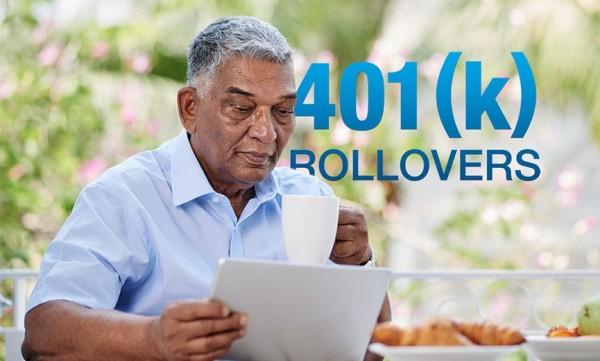
Auge de las transferencias del plan 401(k): ¿Las nuevas reglas frenarán la oleada?
With the surge of baby boomer retirement has come a noticeable increase in rollover activity as retirees move savings from 401(k) plans to individual retirement accounts (IRAs). The trend is reflected in Investment Company Institute data that shows U.S. households rolling over $424 billion into traditional IRAs in 2014 -- up from $257 billion in 2009.
Is there a cooling on the horizon? Maybe.
First, the passage of the Department of Labor’s fiduciary rule and Best Interest Contract exemption made certain that advisors would have to show -- and document -- fiduciary justifications for a rollover.
As a result, Cerulli Associates predicted that the rule would keep in a plan nearly half of the retirement plan assets projected to roll over into IRAs. But that’s all uncertain now that the rule is delayed until at least June 2017 -- though some observers say it’s short-sighted to assume the rule is dead.
“I don’t have a crystal ball on how the rule will get twisted and turned in the coming months, but the main elements will likely stay in place,” says Paul Ellenbogen, director of global regulatory solutions for Morningstar. “But to have another two months definitely buys the industry some time.”
He notes that, in the past, rollovers generally had a 100 percent “pass” rate. But if a firm has to justify the rollover, that could all change.
Denise Valentine, senior advisor and consultant with the Aite Group, adds that any major regulation can create industry angst, especially when it affects how compensation is handled.
“The rule caused some companies to draw clear lines in the sand, and [they] are no longer offering commission-based services,” Valentine says. She adds that, though the BIC may add more work for advisors, “as long as they disclose, they can proceed as before.”
Despite the rule’s delay, Ellenbogen is convinced the U.S. will follow the global trend of unbundling products from services. He says that firms have been looking at ways to segment their business and compensation models for years; the rule was a good excuse to start moving in that general direction.
“The DOL gives the industry the ‘club’ to beat people into submission,” he adds.
Historically, retiring employees have been encouraged to roll plan assets into an IRA simply to rid their employer of administrative hassles.
“The conventional wisdom is that you want active participants because your education and matches are aimed at them,” says Ellenbogen. “Everyone else is a drag.”
He says he’s seen a shift in corporate thinking as people began walking away with big accounts that could represent billions, if not trillions, of departing plan assets.
The retirees weren’t necessarily improving their position, either, and were, in fact, often rolling over into higher cost funds with little to no guidance.
Ellenbogen isn’t sure when the epiphany occurred, but says that the mass of the baby boomer generation “increased the numbers,” likely showing companies that there was a benefit to keeping employees in their original plans.
Keeping assets in a plan brings scale, which leads to profitability -- and benefits for retirees. Ellenbogen sees costs going down, features being added and other signs that companies are redesigning plans to accommodate retirees versus encouraging them to transition to IRAs. “The fight is going to a holistic model in terms of wanting to own the data and the customer.”
Este sitio web contiene artículos publicados por su valor informativo y educativo. Paychex no es responsable de la información contenida en ninguno de estos materiales. Ninguna de las opiniones expresadas en los materiales es necesariamente opinión de Paychex ni recibe el respaldo de Paychex. La información en estos materiales no debe considerarse como un asesoramiento legal o contable y no debe sustituir al asesoramiento legal, contable o profesional de otro tipo en casos en los que los hechos y las circunstancias lo justifiquen.